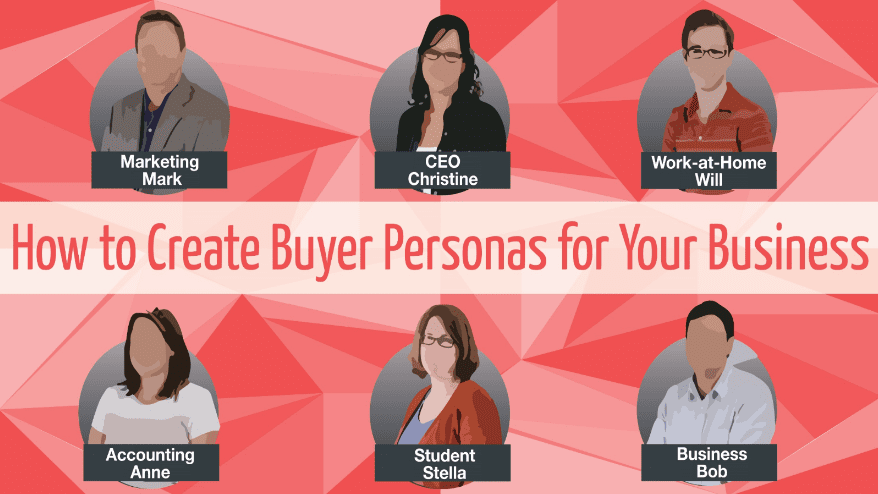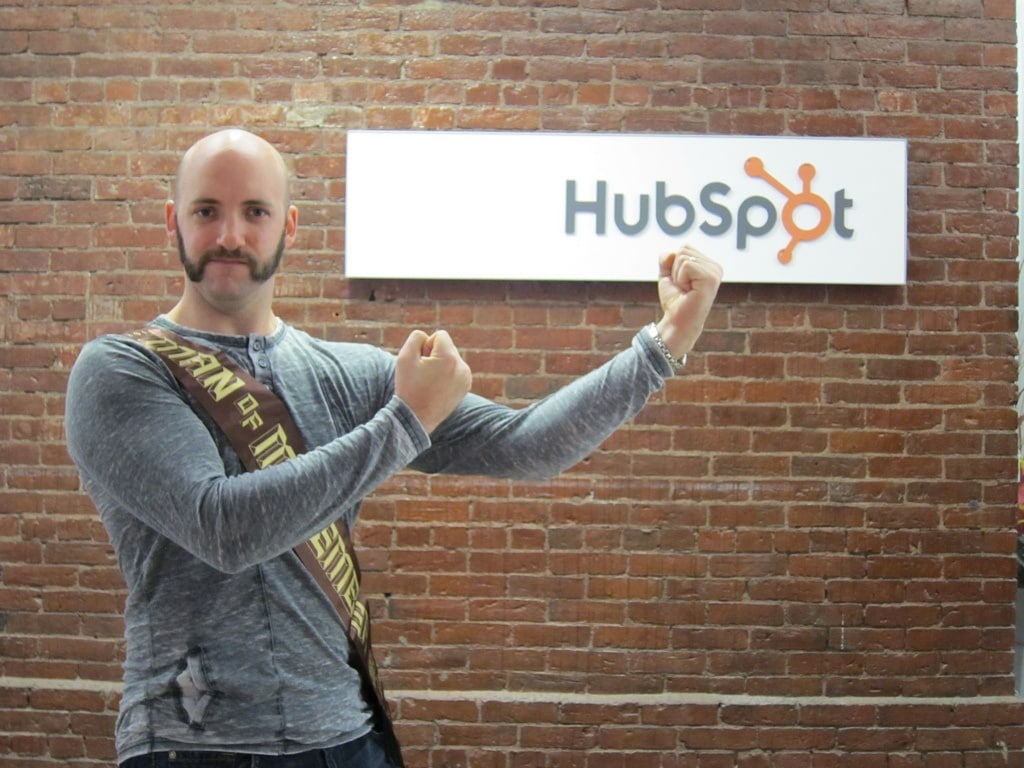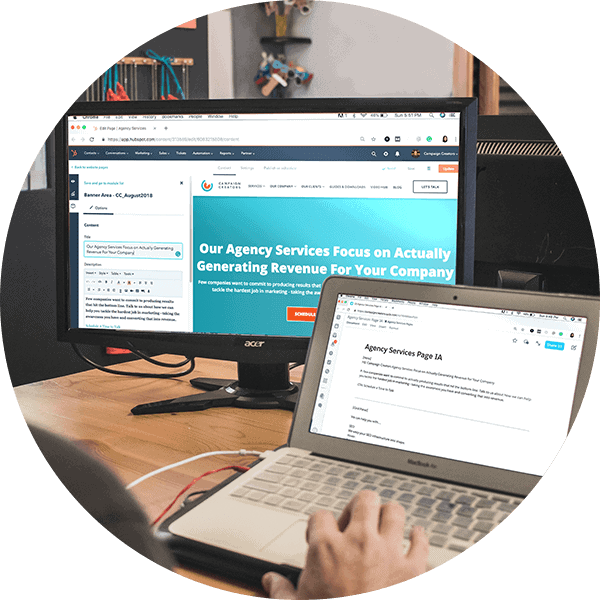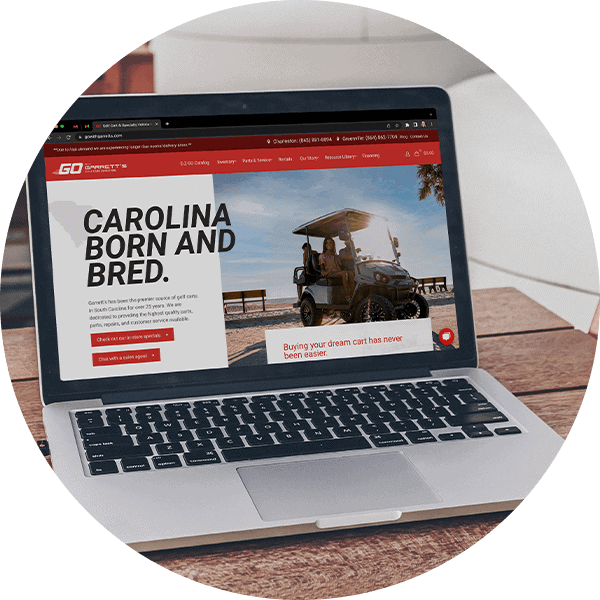
15 Times Your Digital Marketing Will Need a Buyer Persona
May 20, 2016
Why Do We Use HubSpot for Marketing Automation? And Why Are You Paying for It?
May 31, 2016 I have been taught that results are what really matter. What I’ve later learned on my own is that you should also be smart and understand which results matter the most and which ones are worth your investment.
I have been taught that results are what really matter. What I’ve later learned on my own is that you should also be smart and understand which results matter the most and which ones are worth your investment.
So before you are ready to bet your investment on inbound marketing, you are absolutely right to ask the most common question we hear from our customers: How long does it take for inbound marketing to show results?
Here’s your answer.
Inbound Marketing is a Long-Term Solution
A company doing outbound marketing is spending thousands of dollars on its monthly advertising budget, buying email lists, paying cold-calling salespeople, and so on. They will have results. A few people interested in their services, and a few that bought the cold-calling pitch because they have not heard too many of them just yet. After the “campaign,” the process of spending the expensive budget starts all over again, because the company hasn’t created any lasting resources, they have only wasted them.
What I like the most about inbound marketing is that it creates strong foundations and resources for your business as you campaign to acquire leads. When the process is done, you have spent resources, but you have also created them. And if you receive a good ROI, that will mean you have a double win.
I’m going to tell you something you already know: good things take time. If you want all those great resources created, strong marketing foundations and tactics being laid for your business, you should be willing to wait.
How long should you wait?
I know you really want to know the number of months or years, but trust me, be patient and read this before I start giving you numbers.
To start off, everything really depends on the current state of your marketing.
- Does your website domain have a good-standing reputation or is it a brand new one?
- Do you already receive a few thousand visits per month, or is it a few hundred?
- Are your social media channels active with an engaged and targeted following?
All these details will define the exact timeframe for your inbound marketing to work.
If you have been using outbound marketing, it will take a good couple months to turn your marketing model upside down and lay the foundations, before you can build the resources and tactics on them.
If you’re hoping to drastically increase your sales in just two months, let me crush your dreams right here. That will not happen. But if you are willing to go with the timeline mentioned below, you might as well start planning how you’ll handle company growth very soon.
“I am ready, tell me, how long?”
You have to execute 3 phases before you can count the results. Those phases are:
- Receive traffic
- Convert into leads
- Convert into customers
Phase 1: Receive Traffic
I have seen many marketers obsess over getting more and more traffic, trying out and even inventing new ways of getting it. In the process, however, they seem to lose the idea of why they’re trying to get traffic. It’s never traffic at all costs. That traffic has to be comprised of people that correspond to your buyer persona profiles, for the most part.
If they are not your buyer personas, they might not convert into leads, which means your strategy needs to be fixed. But if your strategy is working well, then your efforts in SEO, social media, email marketing, and advertising produce visits that eventually grow into leads.
This process usually takes 6 months. You can monitor the growth from month 2, but don’t rush into conclusions until you’ve hit the 6th month. It takes time to create valuable content, optimize your website and get those keywords rolling up the Google rankings.
In 6th months, you should expect a minimum of 1.5 times more traffic. There is no maximum and it all depends on the scope of your campaign and your past activities.
Phase 2: Convert into Leads
Lead generation happens very naturally if you have properly covered the following two conditions:
- You have received targeted traffic that corresponds to your buyer personas
- You have created conversion “gates,” i.e. offers like eBooks, checklists, free consultations, and more.
In a way, lead generation is the assessment of the previous phase. If you’ve done well, you should not worry about leads, as quality traffic brings quality leads.
Lead generation will start as soon as you put a Call-to-Action and a form on your website. You should be able to receive leads after the first 6 months, but wait until the 12th months to see a clear picture. Wait a little longer, and in the 21st month you should expect 4.5 times more leads.
Finally, make sure that you are maintaining the quality of the leads that can be nurtured and passed on to the sales team, which brings us to the third phase.
Phase 3: Convert into Customers
Remember the part about results? This is it, the moment of truth! 5-7 months after you’ve laid the inbound foundations and improved conversion rate, your sales team should be able to work on the leads passed from the marketing team, nurture them and close them into customers.
In this stage, pay close attention to feedback from your sales team. Do they think the leads they received from marketing are sales-qualified? If they are, you’ve done a good job and the mechanism is working.
Finally, you have your answer! Wait 6 months to assess your traffic channels, another 6 months for lead generation. Work your inbound sales magic in the process and make your final conclusions 21 months after your inbound commitment.
Want more details? Here’s a story about how we did it. Read about our Great Hubspot Experiment and what happened 16 months after we committed to inbound marketing. And if you’re looking for a fresh new strategy for selling high-end products, we’ve got just the right ebook for you! Get your free copy below.









